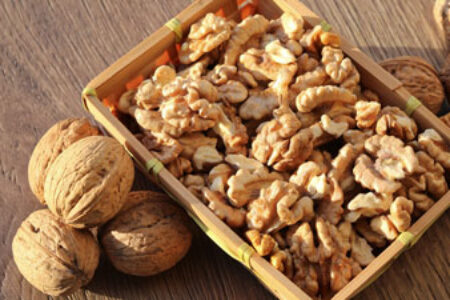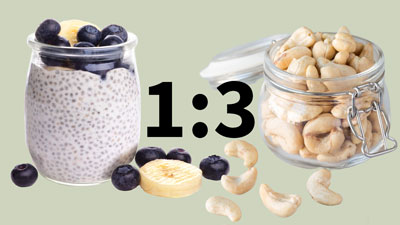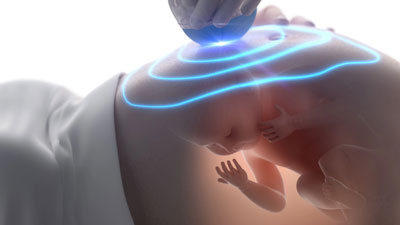
When it comes to polyunsaturated fats, omega-3 is usually considered the good guy and omega-6 is considered the bad guy. But we need omega-6 fatty acids for our cells, for growth, for the proper development of our brain, to keep our brain healthy throughout our lives, and to maintain healthy bones, skin and hormonal balance.
So, why is it that omega-6 is often referred to as an inflammatory fatty acid? It has to do with the type of omega 6 we’re ingesting and the amount. There are different types of omega-6 fats, but the one that we need and that our body cannot make on its own, is linoleic acid or LA, found in multiple whole plants like nuts, seeds, legumes and greens.
Our body converts linoleic acid into gamma-linolenic acid or GLA, which then turns into DGLA, a strong anti-inflammatory. But then, DGLA turns into arachidonic acid or AA, which is a pro-inflammatory when we have it in excess. Getting too much linoleic acid through seed and nut oils, too much GLA through oils and supplements, or too much preformed GLA and AA from animal-based foods, leads to excessive AA, and therefor, it leads to inflammation. Some of its negative effects on our body include cardiovascular disease, hypertension, depression and arthritis.
When we get all our linoleic acid (LA) from whole, plant-based foods in moderation, we convert just the right amount into GLA, DGLA and AA, which our body needs for proper cell function. Scroll down to try our personalized nutrition calculator, to discover the top whole-food, plant-based sources of linoleic acid, to learn more about its benefits to our body, and to find more interesting facts.
Top Whole-Food, Plant-Based Sources
Hover over each food below to see how much omega-6 in the form of linoleic acid (LA) you can get with one serving. Click on each food’s picture to visit its interactive page with a personalized calculator of all the nutrition you can get from this food, more information about how it supports our body, tips to choose and prepare it, interesting facts, and more!
Omega-6 Personalized Calculator
Discover what the Adequate Intakes of linoleic acid are for you and your family, based on the Dietary Guidelines for Americans, 2020-2025.
Terminology:
- Reference Intake (RI): This is an approximate amount of a particular nutrient needed for a healthy diet.
- Adequate Intake (AI): Used when a Recommended Daly Allowance can’t be determined. It is an approximation of intake of a certain nutrient by a group or groups of healthy people. This AI takes into consideration age, gender, and whether a woman is pregnant, lactating or none.
- Upper Intake Level (UL): The highest amount of nutrient intake that will not pose adverse health effects on most individuals.
Important Omega-6 Facts
Comparison of Omega-6 Fatty Acids Sources
You may be wondering if LA from whole-food plants is enough or if you should supplement GLA or even allow some animal-based omega-6 into your diet. See below for a quick comparison of these three options.














